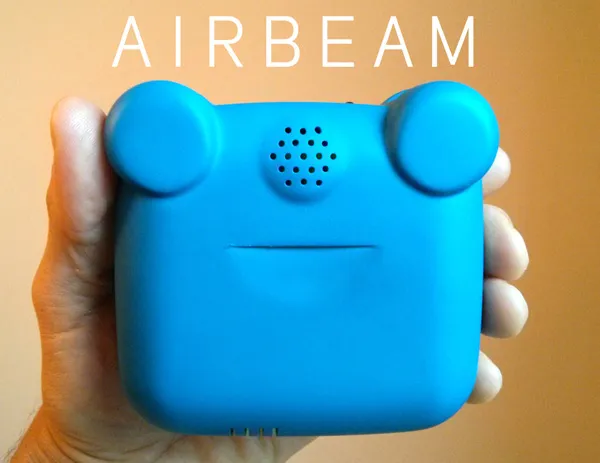
PathSense – new location API without GPS and battery drain
 Recently I come around an interesting start-up called PathSense. It promises a precise positioning for location-based apps with 90% less battery drain compared to GPS technology. PathSense is a California-based start-up founded by Pete Tenereillo who is well know persona in location-based apps area. In 2007 he founded a Trapster – navigation social networking app similar to Waze. In 2010 after growing to 10 million users the service has been acquired by NAVTEQ. Two years ago Pete gathered a team of engineers and PhD scientists out of Nokia/Here and Qualcomm Research and started to work on his project.
Recently I come around an interesting start-up called PathSense. It promises a precise positioning for location-based apps with 90% less battery drain compared to GPS technology. PathSense is a California-based start-up founded by Pete Tenereillo who is well know persona in location-based apps area. In 2007 he founded a Trapster – navigation social networking app similar to Waze. In 2010 after growing to 10 million users the service has been acquired by NAVTEQ. Two years ago Pete gathered a team of engineers and PhD scientists out of Nokia/Here and Qualcomm Research and started to work on his project.
The idea was to develop a positioning technology which would solve the problem of battery draining by GPS-enabled apps (such as Trapster). After 2 years they developed and patented a technology which is based on inertial navigation, sensor fusion, predictive routing, and a proprietary learning engine. By eliminating GPS from the positioning engine it allows to significantly save smartphone’s battery. Pete Tenereillo commented:
GPS apps drain your battery. Anyone with a smartphone knows that. PathSense solves this issue by providing a GPS alternative. PathSense is a software developer kit for any iOS or Android app. It uses sensor fusion and inertial navigation to provide location accuracy comparable to, and often better than, GPS, with 90 percent less battery drain. Our customers are developers who need location in their apps, without battery drain — there are more than 500,000 of them. Starting today, developers can sign up for early access at our website.
Starting from this week the service is available as a beta SDK for iOS or Android apps. I believe that PathSense’s API is likely to raise interest of many app developers especially for precise background location which lacks the GPS accuracy. PathSense team presented their technology at DEMO conference last week. Check it out:
source: Market Wired, GPS Business News










